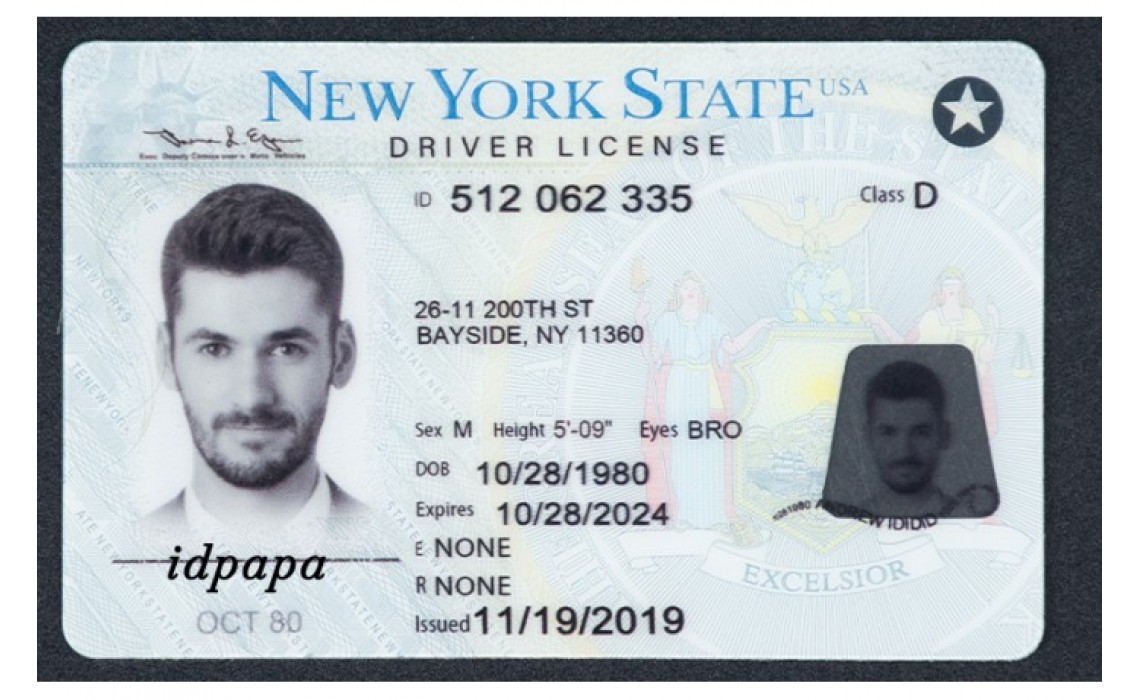How To Spot A Fake ID By State
How To Spot A Fake ID By State
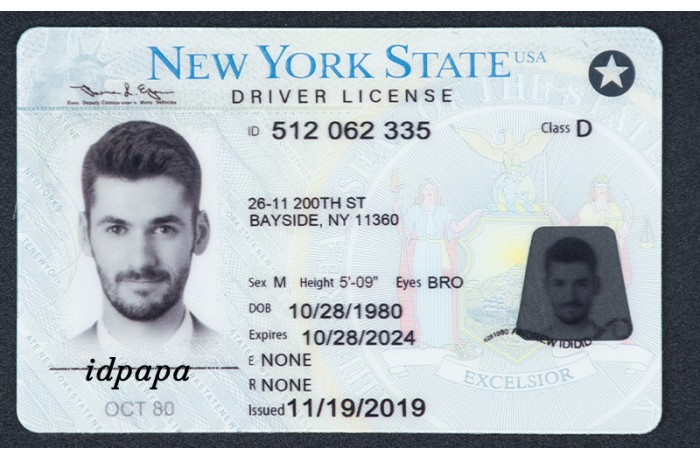
Introduction
In a world where identification is crucial for access to numerous services, fake IDs have become a significant part of the underground market. Whether for underage drinking, gaining access to restricted areas, or avoiding detection, scannable fake IDs have evolved into high-tech forgeries that are often difficult to detect. However, each U.S. state has unique security features embedded in their official identification cards, making it possible to identify a fraudulent one if you know what to look for.
This guide will help you understand how fake IDs work, what makes them scannable, and how different states have specific security measures that can expose a counterfeit. Whether you're a bar owner, a club bouncer, or someone simply curious about how fake IDs are detected, this article will provide a comprehensive breakdown of how to spot a fake ID by state.
How Scannable Fake IDs Work
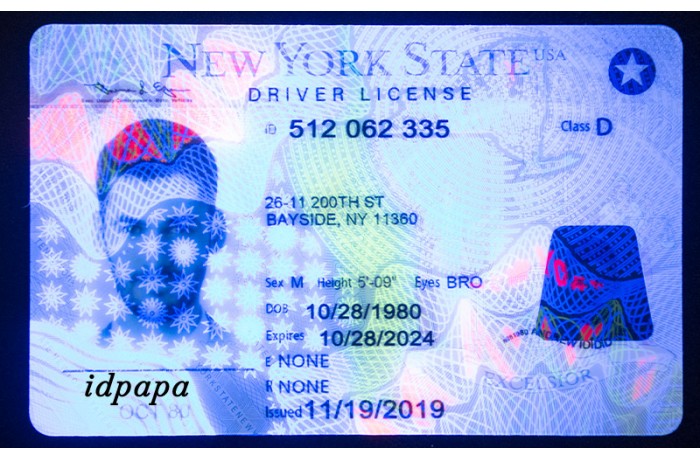
Before delving into state-specific details, it's important to understand what scannable fake IDs are and how they function.
What Are Scannable Fake IDs?
Scannable fake IDs are forged identification cards that include a magnetic strip, barcode, or QR code that mimics the information embedded in real IDs. When scanned using a verification device, these fake IDs can sometimes pull up basic information like a name, birth date, or address. However, the key differences between a real and a fake ID often become evident in these areas:
● Incorrect barcode encoding: The magnetic stripe or barcode does not match the information printed on the card.
● Mismatch in fonts and spacing: Fake IDs often fail to replicate the precise fonts used by state governments.
● Poor hologram quality: Real IDs have high-quality, secure holograms that counterfeiters struggle to copy accurately.
● Lack of microprinting: Some states use ultra-fine microprinting that fake ID makers rarely replicate.
State-Specific Fake ID Detection Techniques
Every U.S. state has unique design elements and security measures in their identification cards. Below, we highlight how to spot fake IDs by state.
1. California
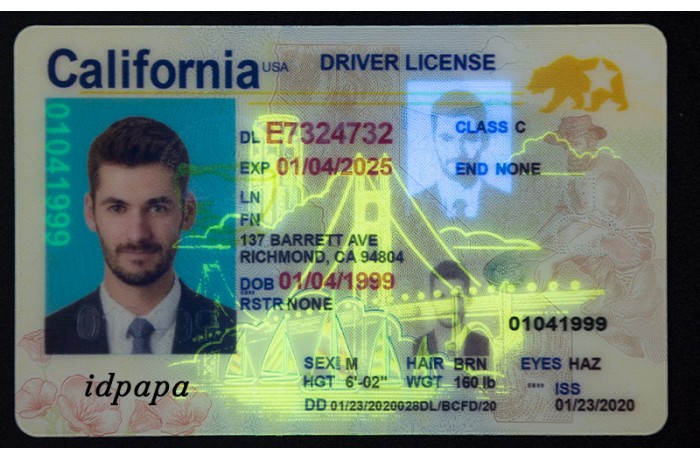
●UV Light Test: California IDs have a bear and star that glow under ultraviolet (UV) light.
●Raised Text: The date of birth is slightly raised and can be felt when touched.
●Back Barcode Test: When scanned, the barcode should match the data on the front.
2. Texas
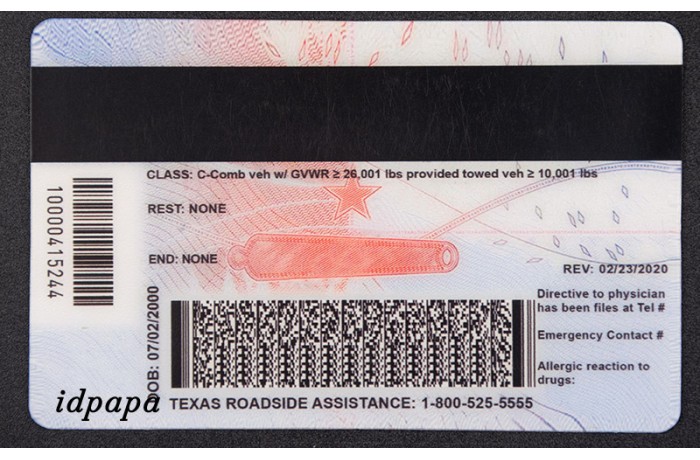
●Laser Engraving: The Texas ID has a ghost image that is laser-engraved.
●Holographic Overlay: A real ID has a secure holographic overlay of the state seal.
●Star in Upper Right Corner: Newer REAL IDs have a gold star for federal compliance.
3. Florida
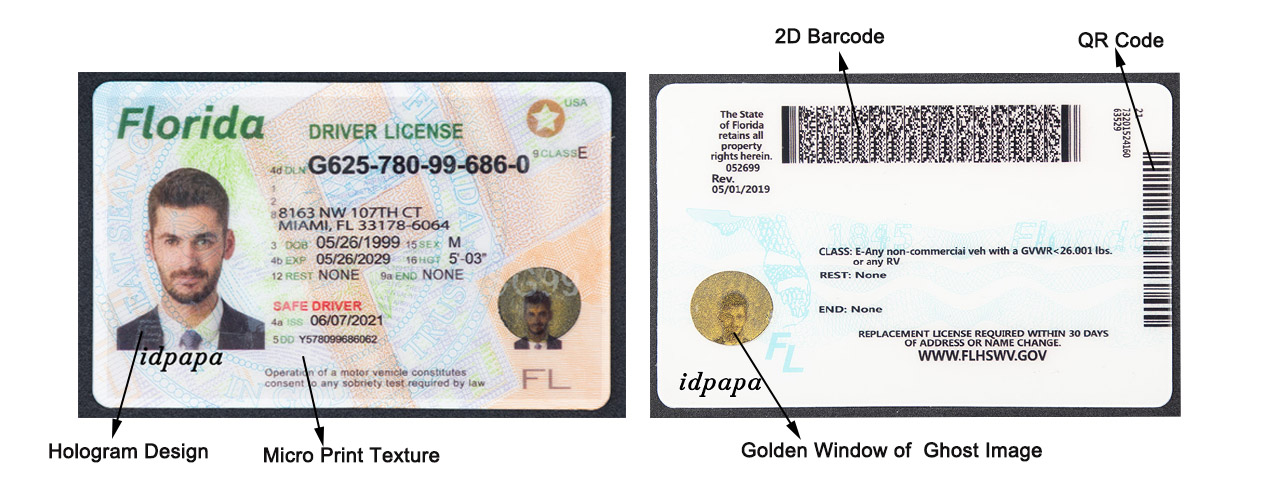
●Ultraviolet Features: Displays a hidden “FL” pattern under UV light.
●Edge Cuts: The edges of a real ID are not glossy or poorly laminated.
●Signature Test: The cardholder’s signature should not be pixelated or off-center.
4. New York

●See-Through Window: Genuine New York IDs have a small transparent window with the cardholder’s image.
●Color-Shifting Ink: The “NY” changes color when tilted.
●Perforated Shape: IDs have a unique perforated pattern visible when held up to the light.
5. Illinois
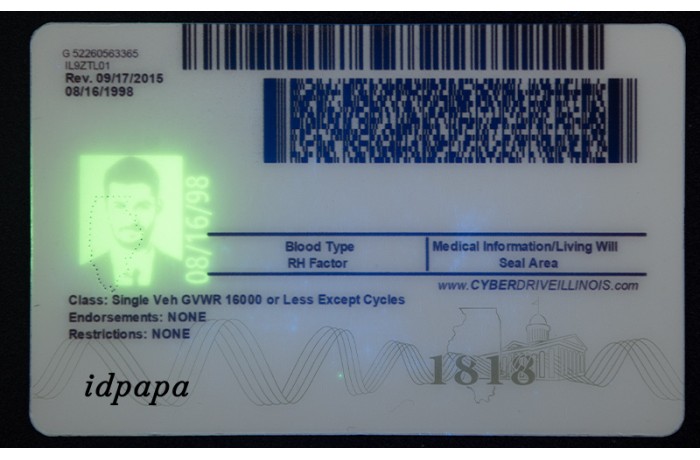
●Tactile Printing: The name and birthdate have a raised texture.
●Multi-Tone UV Printing: Displays a complex UV pattern when scanned.
●Hologram Tilt Test: Features a lenticular shifting design visible at different angles.
6. Pennsylvania
●Ghost Image: A faded secondary image is visible on the card.
●Keystone Hologram: Features a keystone symbol that appears when angled.
●Back Barcode Scan: Fake IDs often fail to display matching information when scanned.
7. Georgia
●Laser-Engraved Signature: The signature is not ink-printed but laser-etched.
●Security Thread: Real Georgia IDs have a security thread running through them.
●Color Variations: Fake IDs often have incorrect color tones.
8. Washington
●UV Light Test: Displays a holographic Washington State emblem.
●Embossed Features: Raised lettering can be felt.
●Barcode Mismatch: Fake IDs often encode incorrect data.
9. Arizona
●Vertical vs. Horizontal Layout: Minors have a vertical layout, while adults have a horizontal one.
●Heat-Sensitive Ink: Some text fades when exposed to heat.
●Fine-Line Printing: Fake IDs often blur fine details.
10. Ohio
●Perforated State Outline: A real ID has an Ohio-shaped perforation visible under light.
●3D Hologram: Genuine cards display a 3D holographic state emblem.
●Back Barcode Scan: Mismatched barcode data is a clear sign of forgery.
How Scannable Fake IDs Get Detected
Many bars, clubs, and security agencies use ID scanners to validate authenticity. Here’s how a scannable fake ID often gets exposed:
1.Data Mismatch: The barcode stores personal details, and if the scanner pulls incorrect data, it's a fake.
2.Invalid Formatting: States have specific data formats, and fake IDs often use incorrect date structures.
3.Lack of Holographic Response: A real ID should have a hologram that reacts under different lights.
4.Scanner Error Messages: Some IDs will trigger error messages on advanced scanning devices.
How Fake ID Users Try to Beat Scanners
Those using scannable fake IDs often attempt these tactics:
●Buying premium fake IDs with better holograms and encoded barcodes.
●Using real stolen IDs of people with a similar appearance.
●Tampering with real IDs by altering birth dates or photos.
●Using digital fake IDs displayed on a phone (which some places don’t accept).
Conclusion:
As technology improves, so do security measures. Many states are now integrating biometric verification, mobile ID systems, and AI-driven fraud detection to make fake IDs obsolete. However, for now, scannable fake IDs remain a challenge that requires both manual inspection and digital verification tools to detect.
If you work in security or hospitality, knowing state-specific security features will give you the upper hand in spotting fake IDs. As AI and blockchain technology advance, we may soon see a world where traditional IDs become fully digital, eliminating the possibility of fakes altogether.

